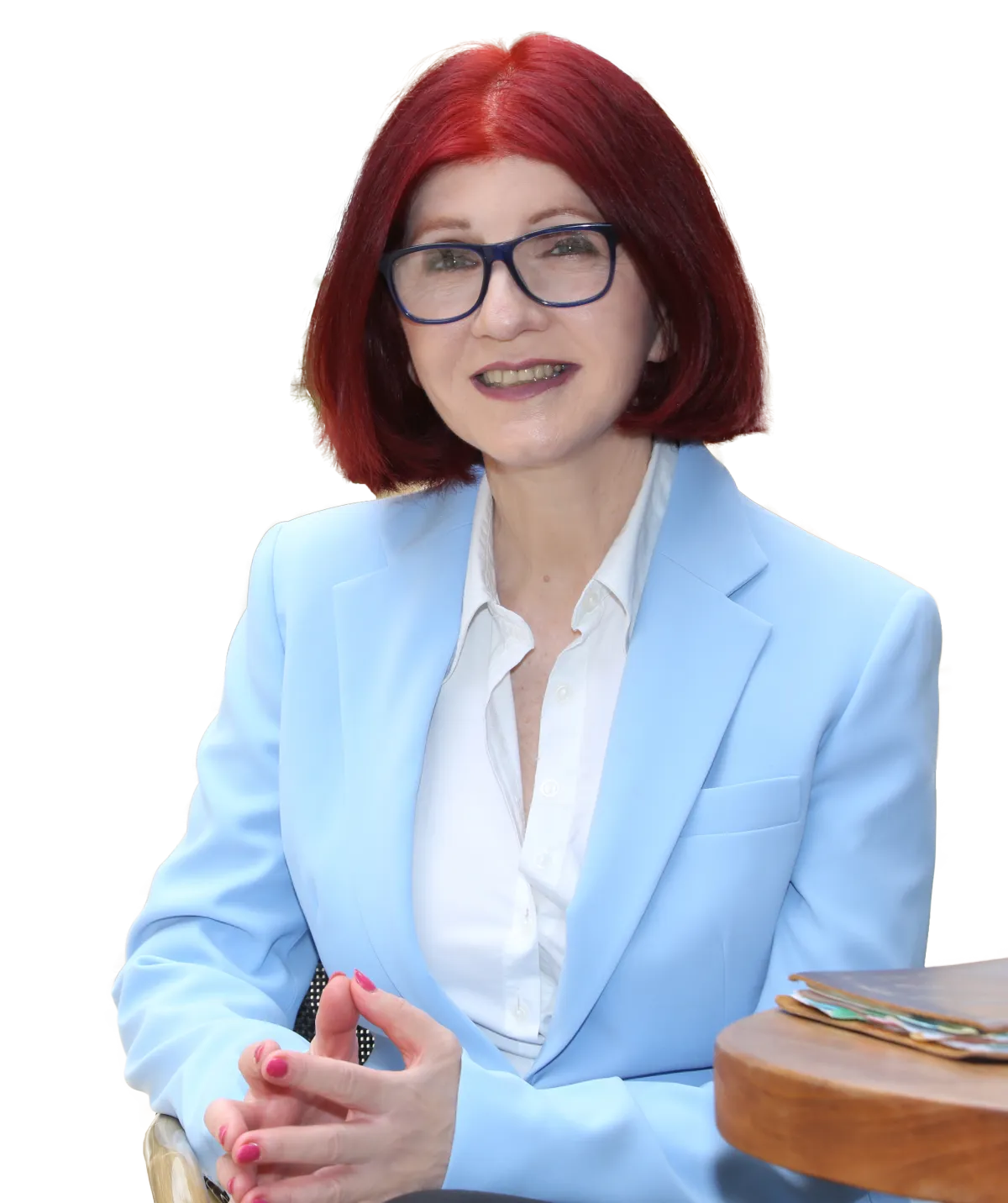
Conflicts and Misunderstandings
Communication is the cornerstone of healthy relationships, both personal and professional. Yet, conflicts and misunderstandings often arise, leading to frustration and discord. 💬🗨️
The good news is that by taking a few simple steps, you can significantly improve your communication skills, fostering better understanding and reducing conflicts. Here’s how:👇👇👇
1. Active Listening👂
One of the most crucial elements of effective communication is active listening. This means fully concentrating on the speaker, understanding their message, responding thoughtfully, and remembering what was said.
Give Full Attention: Eliminate distractions, such as phones or other electronic devices. Make eye contact and show that you are engaged.
Reflect and Paraphrase: Repeat back what the speaker has said in your own words to ensure you have understood correctly. For example, “So, what you’re saying is...”
Show Empathy: Acknowledge the speaker’s feelings and perspectives. Statements like, “I understand how you feel,” can go a long way in showing that you care about their viewpoint.
2. Clear and Concise Messages 💬
Be clear and concise in your communication. Avoid using jargon or ambiguous language that can lead to misunderstandings.
Be Direct: State your main point early and clearly. Avoid beating around the bush.
Use Simple Language: Opt for words and phrases that are easy to understand. Simplicity helps in conveying your message effectively.
Be Specific: Provide specific details when necessary to avoid confusion. Instead of saying, “Can you do this soon?” say, “Can you complete this by 3 PM today?”
3. Non-Verbal Communication 🤪
Your body language, facial expressions, and tone of voice play a significant role in how your message is received.
Maintain Open Body Language: Avoid crossing your arms or legs, which can be seen as defensive. Instead, keep an open posture.
Watch Your Tone: Ensure your tone of voice matches your message. A calm and friendly tone is more likely to be received positively.
Facial Expressions: Smile when appropriate and ensure your facial expressions align with your words.
4. Ask Questions❓
Asking questions shows that you are interested and engaged in the conversation. It also helps clarify any potential misunderstandings.
Clarify Doubts: If something isn’t clear, don’t hesitate to ask for clarification. For example, “Can you elaborate on what you meant by...?”
Open-Ended Questions: These encourage the speaker to share more information. Questions like, “How do you feel about this?” promote a deeper understanding.
5. Practice Patience and Understanding 😜
Patience is vital in communication, especially during disagreements. Take the time to understand the other person’s perspective before responding.
Don’t Interrupt: Allow the speaker to finish their point before you start talking. Interruptions can lead to misunderstandings and escalation of conflicts.
Take a Break if Needed: If emotions run high, it might be best to take a short break and revisit the conversation when both parties are calmer.
6. Feedback and Follow-Up👌
Providing feedback and following up on conversations ensures that all parties are on the same page and any lingering doubts are addressed.
Constructive Feedback: Offer feedback that is positive and constructive. Focus on the issue, not the person.
Summarize Key Points: At the end of a discussion, summarize the main points and any agreed-upon actions. This helps ensure everyone is aligned.
Check In: Follow up on the conversation to see if there are any updates or further discussions needed.
Final Thoughts💭🗯️💭
Reducing conflicts and misunderstandings through amazing communication is not an overnight process. It requires consistent effort and practice. By actively listening, being clear and concise, paying attention to non-verbal cues, asking questions, practicing patience, and providing feedback, you can significantly improve your communication skills. These simple steps will help build stronger, more understanding relationships, both personally and professionally.
Effective communication is a powerful tool that fosters connection and cooperation. Start implementing these strategies today and watch how your interactions transform into positive and productive exchanges.


